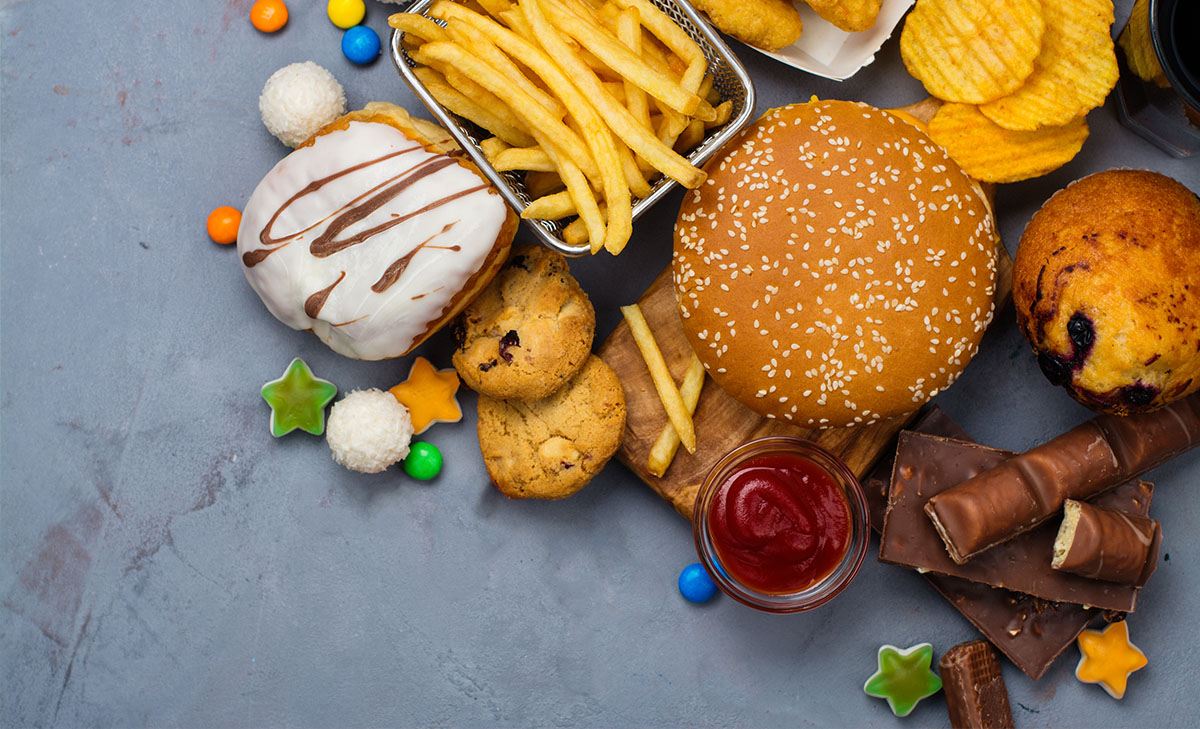Elementary | Sponsored By: Corteva Agriscience
You Are What You Eat!

Is Lesson Plan Lesson Plans Life Science Elementary
Objective
- Paper towels
- White paper
- Iodine solution (and MSDS)
- Benedict’s solution (and MSDS)
- Matches
- Candle
- Dissecting needle
- Food and Nutrition by Tara Koellhoffer
For each group of 2-3 students:
- 1 teaspoon cooked hamburger
- 1 cracker
- 1 half-inch slice of a potato, apple, or pear
- 1-2 potato chips
- One 1 x 1 square in. of cheese
Goals
Post Assessment
Students must wear non-latex gloves, aprons, and indirectly vented chemical-splash goggles for the following activities. Nothing in this experiment should be put in or near the mouth—food in science class is for investigation only. The solutions and dissecting needles can be obtained from your district’s high school biology class. During the demonstration involving fire, you must have an A-B-C type fire extinguisher in the room.
Before students begin, share information from the MSDS, review proper safety, and model the procedure.


